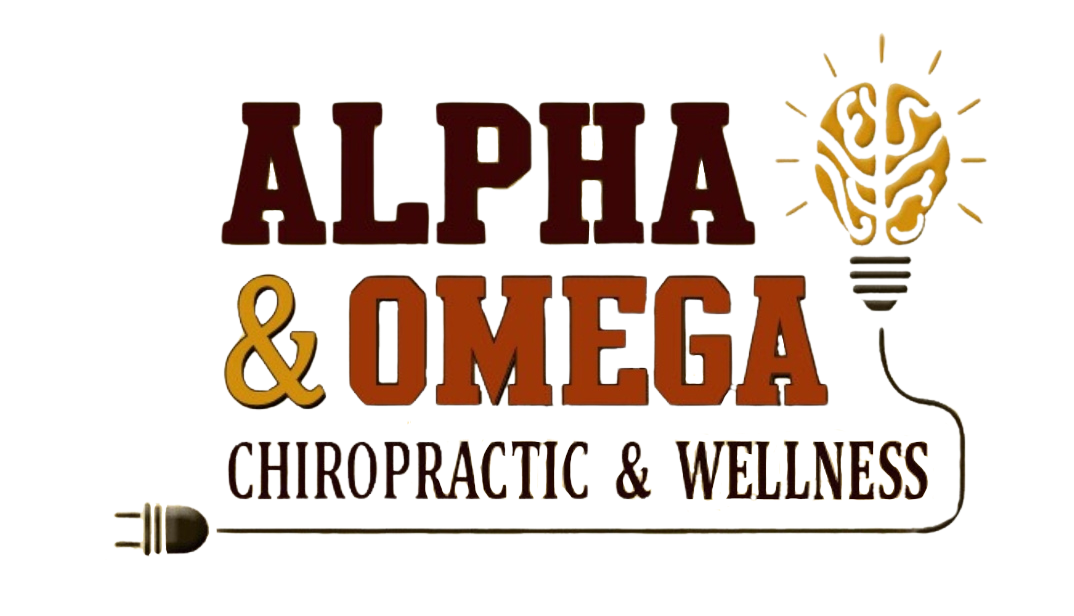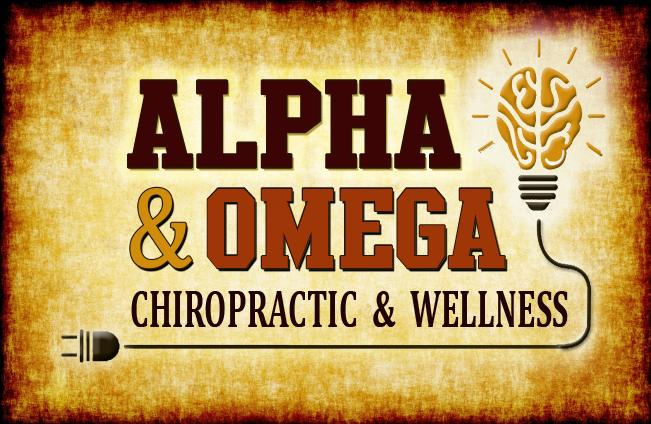Spinal Disease Pt 2
Disk degeneration has two noticeable characteristics. The first noticeable indicator of degeneration is that the disk will become dry, or desiccate. As the disk begins to dry out it becomes brittle. Now, the disk has two distinct anatomical areas, the center of the disk is a jelly like substance, and the outside of the disk is composed of concentric rings of protein fibers that hold the jelly in place. As the disk dries out, the protein rings closest to the center jelly like portion tend to crack. This cracking allows a space for the jelly to seep in, which acts like a wedge, slowly expanding the crack. This is the mechanism behind a disk bulge. Now the center of the disk does not have pain fibers, but the outer one third does. These pain fibers are the bodies last defense against severe spinal compromise. Disk generated pain is some of the worst pain a human being can experience. In the acute phase, inflammatory chemicals are released from the damaged disk, causing a massive inflammatory response. This inflammation can affect the spinal nerves, causing radiating pain, and intense muscle spasm. At this stage, treatment revolves around decompression, and stabilization. Decompression involves certain spinal motions that create a negative pressure in the center of the disk, this acts to pull the jelly portion of the disk back into proper position. Repositioning the jelly portion of the disk is very important. If the disk heals with the jelly portion mispositioned it creates abnormal motion around the disk and significantly increases the likely hood of further degeneration. As the disk is decompression, the jelly portion is repositioned, however it still must heal. As the persons body weight rests on the disk, gravity and pressure tends to push the jelly portion back out. Decompression, with rest and stabilization, helps the body heal with the disk in the correct position. However, the disk is a slow structure to heal. It takes a minimum of three months for a disk injury to completely heal, and it can take significantly longer. If you are experiencing pain form an acute disk injury, remember ice is your friend. Ice ten minutes on and thirty minutes off. Stay off your feet as much as possible. Sitting is the worst position for a disk injury, standing actually puts a lot less pressure on the disk when compared to sitting. Also use a support belt, at least for low back disk injuries. Research suggests that using a lumbar brace for the first few weeks of an acute lumbar disk injury preserves muscle mass.

